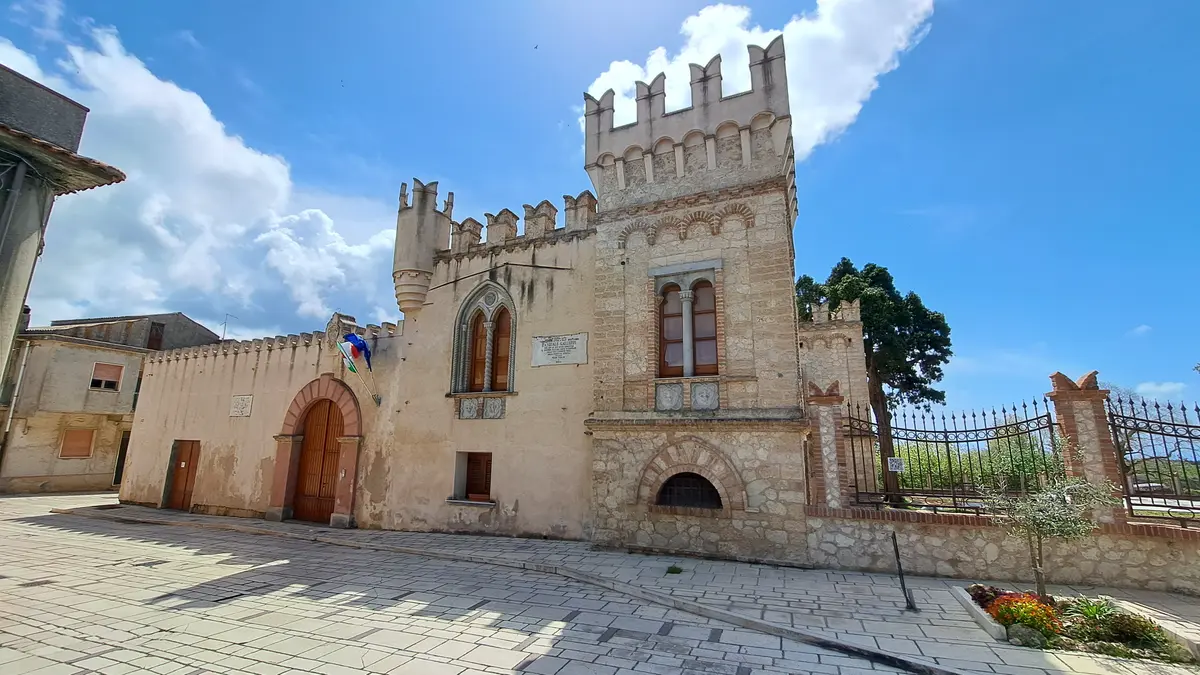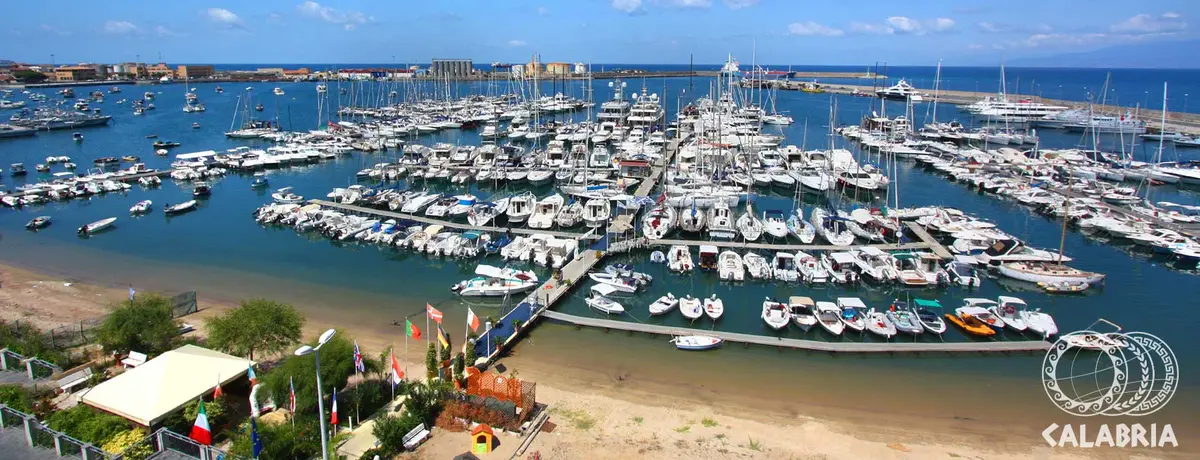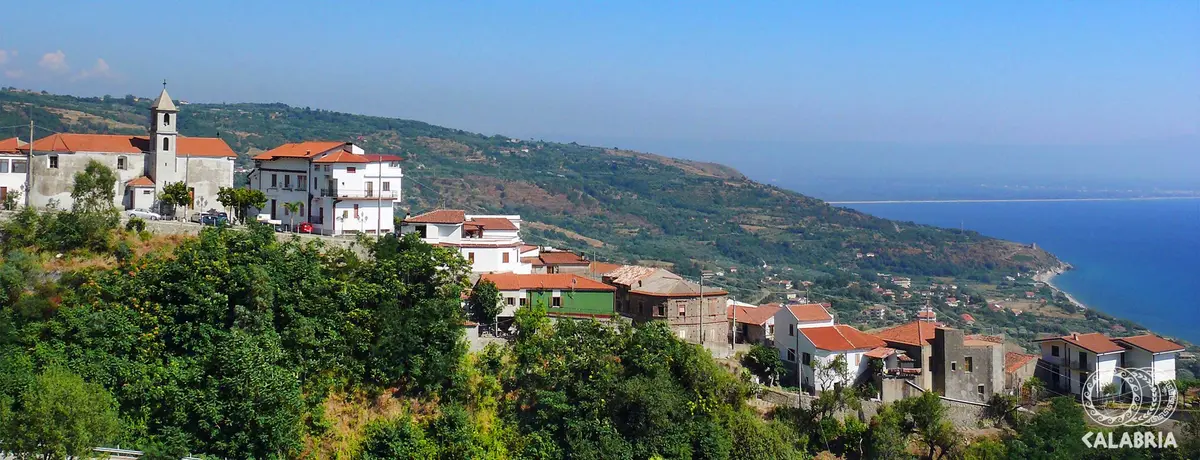Capo Vaticano
The mythical charm of Capo Vaticano

Sea
Capo Vaticano - Regione Calabria
The beaches of Capo Vaticano are among the most beautiful in the Calabrian Tyrrhenian Sea, along the renowned Costa degli Dei. Capo Vaticano, a seaside resort in the municipality of Ricadi, in the province of Vibo Valentia, is particularly appreciated for its fine, white sand, for its crystal-clear sea bed, to be discovered by diving, and for the breathtaking views from the cliffs and the Capo Vaticano lighthouse.
The most famous bay of Capo Vaticano is Grotticelle, a stretch of sea referred to as the ‘’Calabrian Caribbean‘’ because of its natural pools and the turquoise colour on the seabed.
The ‘’Praia i focu‘’ beach is a strip of sand surrounded by three cliffs; to enjoy its beauty, it must be reached by boat. Caribbean colours are also to be found at Riaci Bay, Tono beach and Porticello beach.
Don't miss a visit to the watchtower and the Sea Museum, a rich collection of fossils and shells.
Useful information
What to know about Capo Vaticano
Events
There are 2 events scheduled.
Where to Sleep
There are 188 available accommodations.
Places
There are 8 places to visit.
Travel Ideas
There are 22 travel ideas.
Infopoint Ricadi
Capo Vaticano, Ricadi
No result






